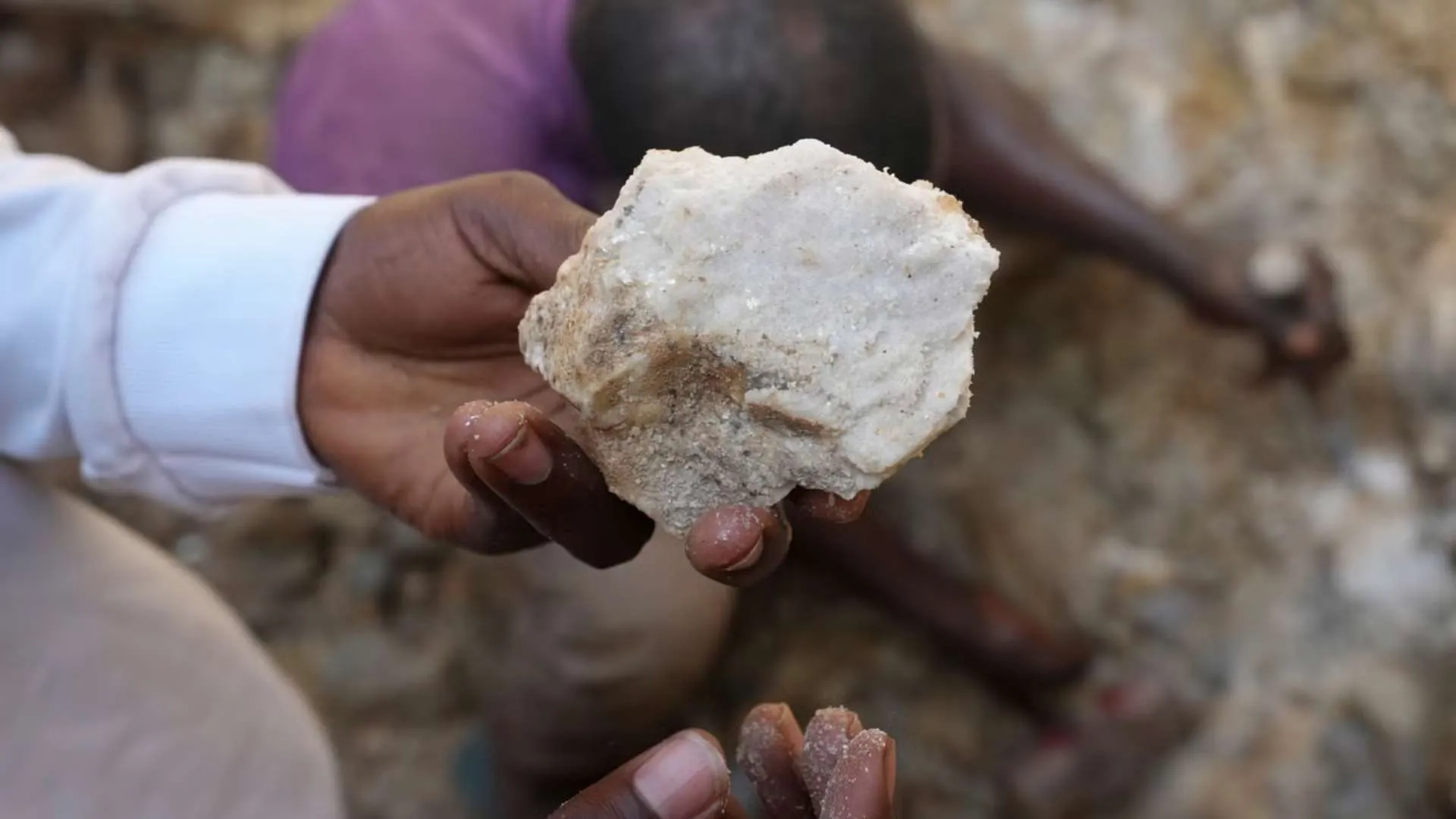The United States and Ukraine finalized a rare minerals deal on Wednesday, granting Washington privileged access to Ukraine’s rare-earth and critical natural resources. The agreement is widely seen as a strategic move by Kyiv to bolster President Donald Trump’s support in ongoing ceasefire negotiations with Russia.
The agreement offers U.S. companies priority access to new investment projects in Ukraine involving vital resources such as aluminum, graphite, oil, and natural gas. Ukrainian officials consider the deal crucial in maintaining goodwill with the Trump administration, which has been actively involved in efforts to end the war triggered by Russia’s full-scale invasion more than three years ago.
Why These Rare Minerals Matter
While Ukraine is often recognized for its rich agricultural lands and industrial base, the country’s most valuable assets may lie beneath the surface. Stretching across a vast portion of Ukraine is the Ukrainian Shield—a colossal, ancient crystalline rock formation that dates back more than 2.5 billion years. It is one of the oldest and most geologically stable continental blocks on Earth.
Over millennia, this formation has undergone multiple episodes of tectonic activity, including mountain building and magma movement, creating prime geological conditions for the formation of a wide variety of mineral deposits. These include lithium, graphite, manganese, titanium, and rare earth elements—all of which are critical to modern technology and the global transition to green energy.
Ukraine is home to deposits containing 22 of the 34 critical minerals identified by the European Union as essential for energy security. This places the country among the most resource-rich nations globally.
A Global Race for Rare Minerals
As the world accelerates efforts to decarbonize, the demand for critical minerals has surged. Electric vehicles (EVs), wind turbines, solar panels, and energy storage systems all require large amounts of lithium, cobalt, and rare earth elements—resources that Ukraine possesses in substantial quantities.
The price of lithium, for example, has soared from around US$1,500 per ton in the 1990s to approximately US$20,000 per ton in recent years. The International Energy Agency predicts demand for lithium will rise nearly 40-fold by 2040. Electric vehicles alone are expected to surpass 125 million units globally by 2030, each requiring significantly more lithium than traditional electronics.
To put that into perspective: a Tesla Model S battery requires around 63kg of high-purity lithium—far more than what is used in smartphones or laptops.
Ukraine’s Key Lithium Deposits
Ukraine holds three major lithium deposits, all located within the Ukrainian Shield:
- Shevchenkivske in the Donetsk region
- Polokhivske in the Kirovograd region
- Stankuvatske, also in Kirovograd
The Shevchenkivske deposit is rich in spodumene, the key lithium-bearing mineral used in battery production. Its reserves are estimated at 13.8 million tonnes of lithium ores, but experts say extracting it would require between US$10–20 million in exploration investments before mining operations can begin.
Meanwhile, the Polokhivske deposit, with an estimated 270,000 tonnes of lithium, is considered one of the most promising sites in Europe due to its favorable geology and lower extraction costs.
More Than Just Lithium
Lithium is only one piece of Ukraine’s vast mineral wealth. According to the U.S. Geological Survey:
- Ukraine is the third-largest global producer of rutile, accounting for 15.7% of world production.
- It ranks sixth in iron ore production (3.2%), sixth in titanium (5.8%), and seventh in manganese ore (3.1%).
The country also possesses Europe’s largest uranium reserves, critical for both civilian nuclear power and defense applications. Additionally, Ukraine has major reserves of rare earth elements like neodymium and dysprosium, which are essential for producing smartphones, electric motors, and wind turbines.
One of the most significant resources is manganese. Ukraine holds the world’s largest proven reserves, with around 2.4 billion tonnes concentrated mainly in the Nikopol Basin on the southern slope of the Ukrainian Shield.
Also Read: US And Ukraine Sign Historic, Long-Awaited Rare-Minerals Deal: Key Details























